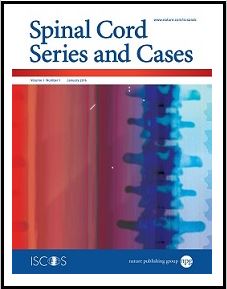
“An observational study based on an online survey addressing attitudes toward and knowledge of cannabis among people living with spinal cord injury (SCI).
Participants largely believed that cannabis use is safe, has potential therapeutic benefits, and ought to be legal.
This study is the first to assess beliefs about and attitudes toward cannabis use among a nationwide sample of people with SCI. While limited, it provides a roadmap for future research. It also offers medical providers an initial understanding of which factors may encourage or dissuade their patients with SCI from seeking medical cannabis treatment.”
https://www.ncbi.nlm.nih.gov/pubmed/30675390
https://www.nature.com/articles/s41394-019-0151-6








